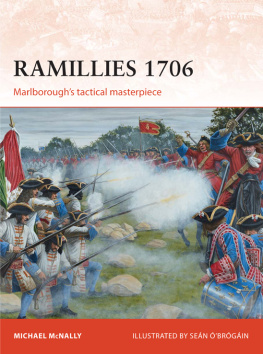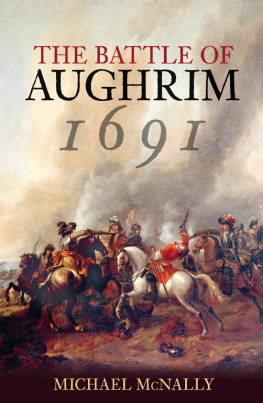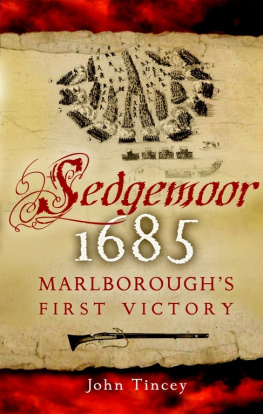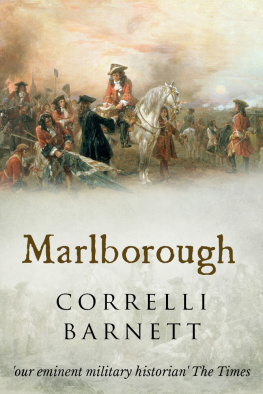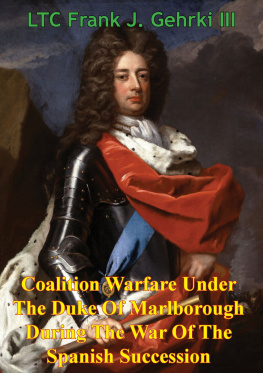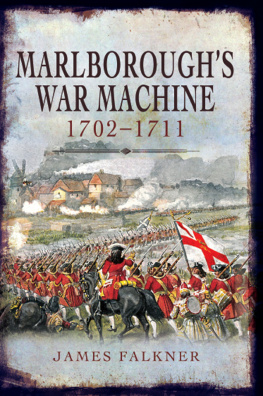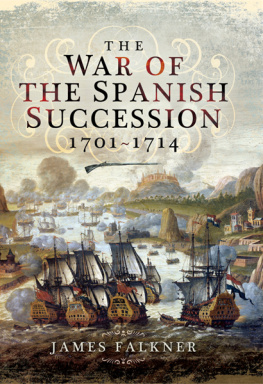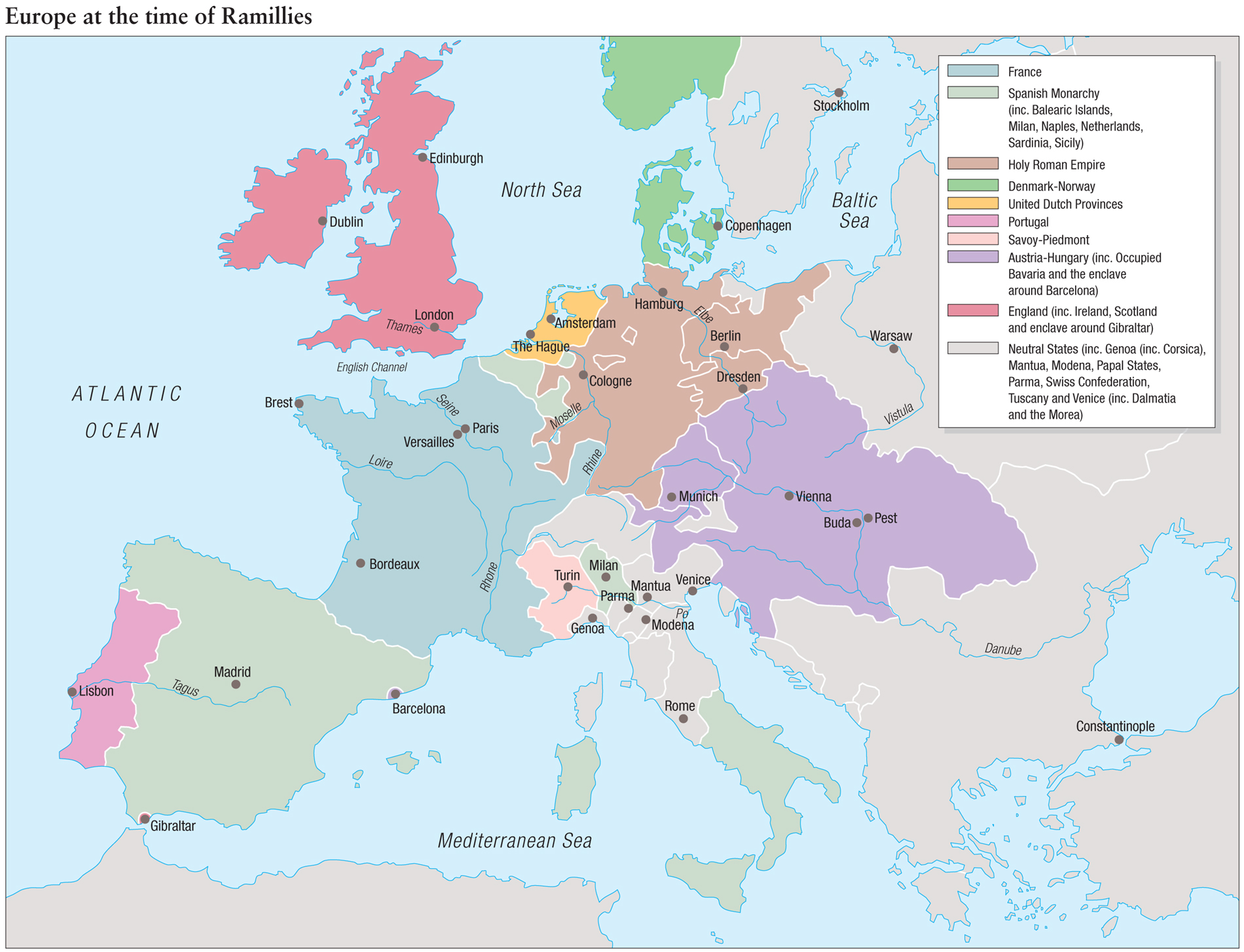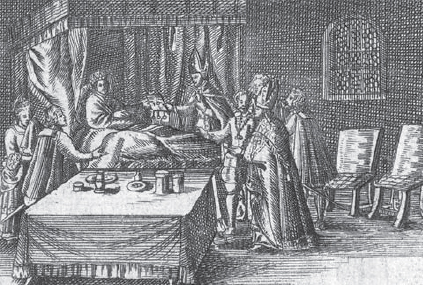Michael McNally - Ramillies 1706: Marlborough’s tactical masterpiece
Here you can read online Michael McNally - Ramillies 1706: Marlborough’s tactical masterpiece full text of the book (entire story) in english for free. Download pdf and epub, get meaning, cover and reviews about this ebook. year: 2014, publisher: Osprey Publishing, genre: Non-fiction. Description of the work, (preface) as well as reviews are available. Best literature library LitArk.com created for fans of good reading and offers a wide selection of genres:
Romance novel
Science fiction
Adventure
Detective
Science
History
Home and family
Prose
Art
Politics
Computer
Non-fiction
Religion
Business
Children
Humor
Choose a favorite category and find really read worthwhile books. Enjoy immersion in the world of imagination, feel the emotions of the characters or learn something new for yourself, make an fascinating discovery.
- Book:Ramillies 1706: Marlborough’s tactical masterpiece
- Author:
- Publisher:Osprey Publishing
- Genre:
- Year:2014
- Rating:4 / 5
- Favourites:Add to favourites
- Your mark:
Ramillies 1706: Marlborough’s tactical masterpiece: summary, description and annotation
We offer to read an annotation, description, summary or preface (depends on what the author of the book "Ramillies 1706: Marlborough’s tactical masterpiece" wrote himself). If you haven't found the necessary information about the book — write in the comments, we will try to find it.
Ramillies 1706 details one of the most important clashes in the War of the Spanish Succession, a battle that secure the Duke of Marlboroughs place in history and helped determine the future of Europe.
In 1706, as the War of Spanish Succession dragged on, Frances Louis XIV was eager for peace, but he wanted it on his terms. Therefore, rather than standing on the defensive, French armies on all fronts swung over to the offensive. Marlborough decided to counter by launching a pre-emptive strike. The two sides met at Ramillies on May 23rd.
Enjoying an almost parity in numbers the French took up position along a river line, anchoring each of their flanks on a marshy area, thereby surrendering the initiative to Marlborough, who proceeded to probe against both flanks. Using a series of deceptions and feints, Marlborough took advantage of a concealed re-entrant to reinforce his center which, at that time, was cannonading the French positions. Unaware of this, the French general Villeroi drastically weakened his center in order to reinforce the threatened sector. Seizing the opportunity, Marlborough launched an overwhelming attack on his own terms.
In the wake of two massive cavalry mles, during one of which Marlborough was unhorsed and almost killed, the allied troops shattered the French, inflicting over 20,000 casualties--almost one third of the Franco-Hispano-Bavarian army--at a cost of less than 4,000 men, thus paving the way for allied forces to overturn the French position in Flanders, and in the process capturing several strategically important towns and cities including Brussels, Bruges, Louvain and Antwerp.
In short, whilst Blenheim in 1704 had been a masterpiece of strategic maneuver that had wrong footed the Franco-Bavarian armies and removed the threat to Vienna, it was Marlboroughs tactical intuition on the field of Ramillies that had led to perhaps his finest battlefield performance and paved the way for a campaign that would see much of Flanders come under Allied control.
Michael McNally: author's other books
Who wrote Ramillies 1706: Marlborough’s tactical masterpiece? Find out the surname, the name of the author of the book and a list of all author's works by series.

